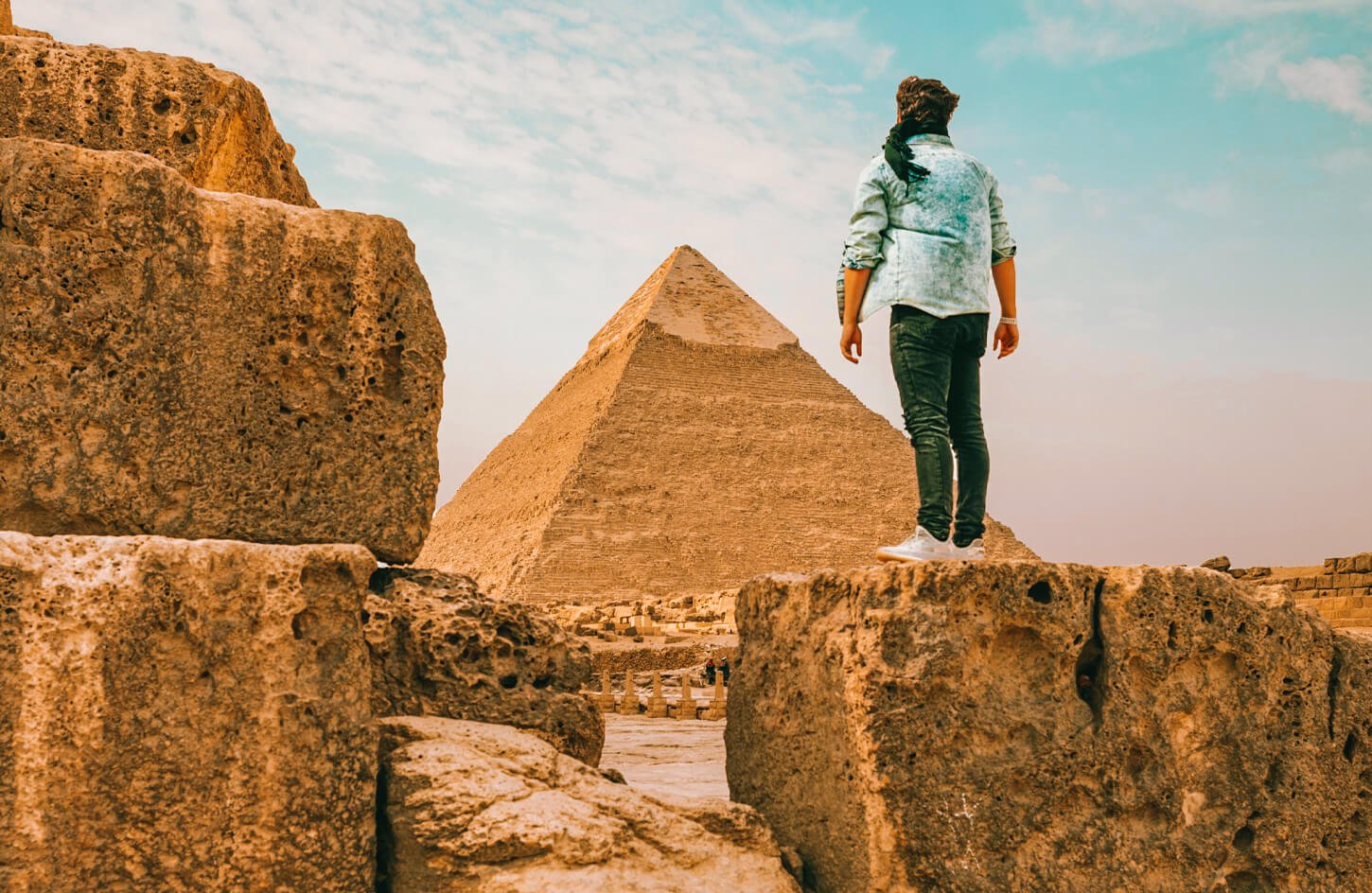
Ever felt the heat of Cairo’s streets while chasing a taxi? Or stared at a map of Egypt transportation options, unsure where to start? I’ve been there—multiple times. After years of chasing pharaohs from Luxor to Aswan, I’ve learned that the best adventures begin with knowing how to get around Egypt. Let me guide you through the chaos and calm of this ancient land’s transport system.
Picture this: a 1-hour flight over the Nile, cutting the 650km to Luxor’s temples—or a 5-hour drive to Hurghada’s shores. Egypt’s 20+ airports, buzzing trains, and packed buses all hold secrets to turn “how do I get there?” into “I’m already here.” This guide mixes my real stories with practical tips, so you’ll breeze through markets, pyramids, and even Cairo’s 5am metro lines like a local.
From $0.10 buses to $577 Nile cruises, every choice shapes your journey. I’ll break down everything from Cairo’s new electric Setibus fleet to the buzz of Alexandria’s coastal Uber Boats. Let’s turn every mile into a memory—without the stress. Ready to unlock Egypt’s magic, one transport hack at a time?
Imagine standing at Cairo’s bustling Tahrir Square. The hum of microbuses and the distant call to prayer fill the air. Egypt’s transport network is a mix of ancient routes and modern marvels. Whether you’re tracing the Nile or racing toward Luxor, knowing your Egypt travel options unlocks this land’s secrets.
Roads now span over 30,500 km—up 29.8% since 2014—thanks to massive infrastructure projects. Paved highways now link Aswan to Alexandria, making journeys smoother. Yet Cairo’s traffic still demands patience: honking taxis weave through 3,047-meter runways at peak hours. The upgraded Cairo Metro’s three lines help, but peak-hour buses often feel like a game of human Tetris.
Waterways add magic to your journey. The Nile’s 3,200 km of navigable paths let you glide past temples on feluccas or cruise between Luxor and Abu Simbel. The Suez Canal’s 193.5 km stretch alone handled 20,600 ships in 2021, proving its global role. The new high-speed rail line zipping between Cairo and Ain Sukhna hints at Egypt’s transport evolution.
My first trip by train from Alexandria to Cairo revealed how Egypt’s network connects history with progress. Trains hum along 5,085 km of tracks, carrying 800 million passengers yearly. But don’t miss the hidden gems—like the overnight sleeper to Luxor—that let you sleep as the desert whizzes by.
Choosing Egypt travel options means balancing adventure with preparation. Check schedules for the Nile ferries, and consider a private driver for desert excursions. Whether you’re sipping mint tea on a felucca or marveling at the Sphinx Airport’s sleek design, every journey tells part of Egypt’s story. Let the network guide you—not the other way around.
Flying is the fastest way to see Egypt’s wonders without long road trips. Imagine flying over endless deserts and the Nile. This view alone makes air travel a must for first-timers.
With over 20 airports, domestic flights connect cities like Cairo, Luxor, and Abu Simbel easily. Cairo International Airport (CAI) is the main hub, connecting all major tourist spots. Flights from Cairo to Luxor take just an hour, and to Aswan, 1.5 hours—much faster than buses or trains!
When planning your trip, air travel is the most convenient. Need to get to Abu Simbel’s ancient temples? A direct flight from Aswan (ASW) takes under an hour, saving 10 hours of driving. Even Sharm el Sheikh and Hurghada, famous for Red Sea resorts, are just a short flight from Cairo.
Booking flights early can save you money. Look for deals to make your trip budget-friendly. Always check your passport’s validity (6 months remaining) before flying. Pair flights with guided tours for a hassle-free adventure. Flying offers scenic views and smooth transfers, making your trip unforgettable!

Traveling by train in Egypt feels like a journey back in time. The country’s trains run on tracks from the 1850s. This mix of old and new makes every trip special.
My first trip from Cairo to Luxor showed me Egypt’s beauty. The train passes through fields of sugarcane and date palms. It connects cities like Cairo, Alexandria, and Aswan in a unique way.
Express trains are fast, with VIP seats and big windows. Spanish class trains are cheaper but still offer comfort. If you want a window seat, book early because foreigners face online issues.
People often wait two hours at Cairo’s Ramses Station for tickets. It’s a good idea to arrive early.
New Talgo trains now run between Cairo and Alexandria. They offer meals and Wi-Fi. For luxury, Abela Trains has sleeper services to Luxor with great views and food.
But, Egypt’s trains require patience. Arrive early, bring cash for snacks, and enjoy Arabic music. Each train ride tells a story of Egypt’s history.
My first ride on Cairo’s metro was like discovering a hidden city. The Cairo transportation network is essential for locals and a must-try for visitors. The metro has three lines that cut through the city’s chaos, carrying millions every day. A ticket costs only 4 Egyptian pounds, making it easy to travel between downtown and Giza.
During rush hour, trains come every five minutes. This makes the metro a great way to avoid Cairo’s infamous traffic.
For those wanting to see more, Public transportation in Egypt has affordable choices. Microbuses, the white buses that speed through side streets, are a favorite among locals. They’re easy to catch and let off wherever you want. Fares are just 5 EGP, but seats can be tight during busy times.
Buses to places like the Egyptian Museum or Islamic Cairo are also cheap. But, you’ll need to study the map a bit. Ask vendors or drivers for help finding the right route.
Women travelers will find comfort in the metro’s female-only cars. While summer rides can be hot, the metro is cleaner than buses. Try bus rides in cooler months (November–April) for a better experience.
Exploring Cairo’s streets or chasing sunset views from a microbus is rewarding. Just remember to carry small coins, as change is not always given. And enjoy the lively, fast-paced atmosphere of Cairo’s transportation system.
Exploring Alexandria’s sunlit Corniche or historic districts? Alexandria makes getting around easy and charming. Its layout, along the Mediterranean, makes Alexandria transportation simple. Taxis speed through streets, and trams offer a blend of modern and classic beauty.
Trams are key to Getting around Egypt’s second-largest city. With 20 lines, they’re cheap and great for seeing spots like Bibliotheca Alexandrina. Try Tram 1 for a scenic trip from Montaza Palace to the Graeco-Roman Museum. For more freedom, use taxis or the Swvl app to reach places like Qaitbay Citadel.
Driving from Cairo? The 200km trip takes 2-3 hours, perfect for day trips. The new metro, opening by 2026, will change travel here. It will cover 21.7km with 20 stations, serving 15,000 commuters an hour, even during big events like the Alexandria Film Festival in November.
Walking or biking is best near the sea. Walk from the Citadel to Anfushi Street for sayadieh (fish stew) and sea views. For night tours, catch the last trams by 10 PM; after that, taxis are safer.
Visit in spring or autumn to avoid summer heat. Don’t forget sunscreen and a reusable water bottle. Vendors along the Corniche sell feseekh (cured gray mullet) for the brave. Alexandria’s transport makes exploring an exciting journey.
Exploring Egyptian cities is easier with taxis and ride-sharing apps. In Cairo and Alexandria, always agree on the fare before you start. Traditional taxis are key in Transportation in Egypt, but be ready to negotiate a fixed price.
Ride-sharing apps like Careem and Uber have changed Public transportation in Egypt for visitors. They offer clear prices and GPS tracking. In places like Luxor and Aswan, drivers can show you the best paths to famous sites.
Carry some Egyptian pounds for taxis, as not all drivers accept cards in small towns. For group trips, microbuses or service taxis are great. They have set prices for places like the White Desert or Bahariya Oasis. Your hotel can help book a safe ride.
Egypt’s Transportation in Egypt scene is a mix of old and new. Ride-sharing is modern, but traditional taxis offer great conversations. Whether in Cairo or along the Nile, these options make exploring easy.
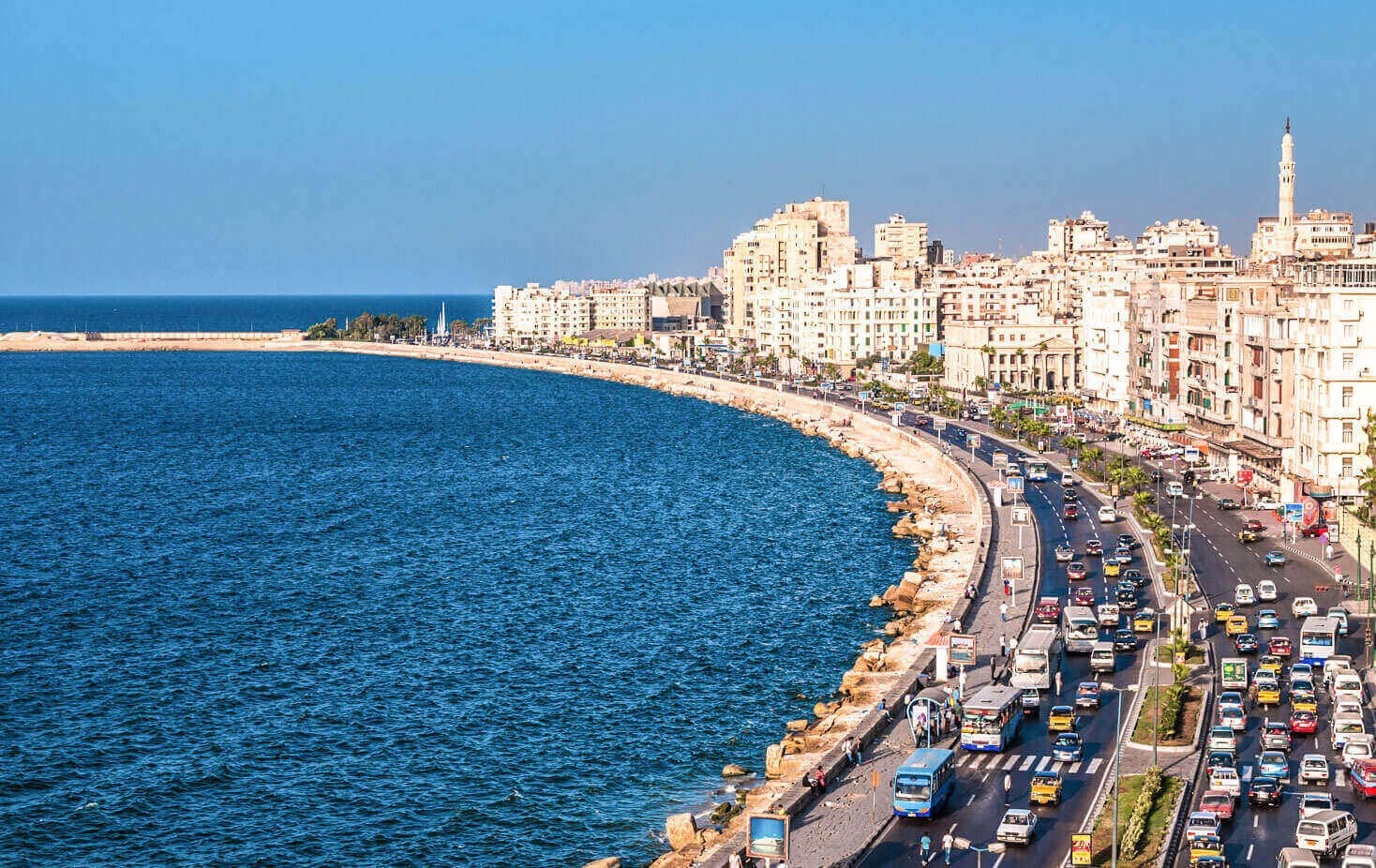
I’ve traveled between Cairo, Luxor, and Aswan many times. I’ve found the best ways to get between Egypt’s top spots. Your choice of transportation depends on your time, budget, and what you want to see.
For Cairo to Luxor, flying is the fastest at just 1 hour. Trains take 10 hours but offer great views of the Nile Valley. Buses are cheaper but take longer, adding 8–12 hours to your trip. Booking flights early can save you money and give you stunning desert views.
Traveling to Aswan is similar. The 685 km journey can be cut to 1.5 hours by flying. If you’re on a tight schedule, flying is the best choice. But, if you want to see more of Egypt, trains offer a chance to meet locals and try local foods.
For Red Sea trips, Cairo to Hurghada by plane is just 1 hour. Driving takes 5 hours, and buses are available but less comfy. Always agree on the price for a private car trip—460 km costs between 2,000–3,000 EGP, depending on traffic.
Pro tip: Try different ways to travel! Fly to Luxor, then cruise down the Nile to Aswan. This mix of speed and scenery makes every mile memorable. Knowing your options makes your trip smooth and full of new experiences.
Sailing the Nile is more than a trip—it’s a journey into Egypt’s heart. The river has been a key part of Egypt’s transport network for centuries. It carried traders, pharaohs, and now, travelers like you.
My first sunset on the Nile is unforgettable. Watching temples emerge from the desert as the sun set was magical. The Nile still connects ancient wonders today.
Deciding between a Nile cruise and a water taxi depends on your trip. Cruises vary from affordable to luxurious. A 3-day cruise from Luxor to Aswan costs $450, offering temple-filled itineraries.
Luxury seekers can choose private Dahabiya boats for a more intimate experience. Prices start at $1,399. These boats have fewer guests, ensuring a personal touch.
Best time to sail? October to April for cooler weather. Egypt Tours Portal, a trusted partner since 1987, offers 4-day cruises. Their trips include Karnak and Abu Simbel, blending history with comfort.
Don’t miss sunset felucca rides in Luxor. These traditional boats add a local touch to your journey.
Plan your trip wisely: pack for winter’s cool nights and summer’s heat. Always book through trusted agencies like Memphis Tours Egypt. Remember, Nile cruises are more than travel—they’re a gateway to ancient stories.
Planning your Egypt transport budget is easy! I’ve tried every transport option on a tight budget and splurged on luxury trains. Start by using local buses and eating street food to save money. In Alexandria, local buses cost less than $0.50, and Cairo’s Uber rides are rarely over $3 for short trips. Always carry small cash since many taxis and minibuses don’t accept cards.
Booking trains early can save a lot. Alexandria to Cairo trains now cost $7, but will be $20 for foreigners in 2025. Mix budget travel with smart choices: dorm beds start at $5/night, and koshari meals are under $2. For a 7-day trip, aim to spend $20/day, including transport and entry fees.
To travel around Egypt affordably, embrace the local way of life. Take overnight buses from Cairo to Luxor for $10–$20 instead of luxury trains. Remember, haggling works for ride prices too! Follow these tips, and you’ll see ancient sites without spending too much. Your pyramid adventures are waiting—plan wisely, and let Egypt’s history amaze you without worrying about costs.
Traveling through Egypt’s streets and ancient paths has shown me the power of Transportation services in Egypt. Every trip, from Cairo’s metro to desert trails, has its own story. Start by learning Cairo transportation—its metro and buses make city travel easy. Taxis offer more flexibility, but be patient with Cairo’s traffic.
For desert adventures like Siwa or the Nile’s hidden spots, trust your guides. Always carry extra water and check the weather. The Hypostyle Hall and Abu Simbel’s temples are waiting for those who plan well. Egypt’s growth in tourism and infrastructure means modern services meet ancient history.
Use this guide to plan your trip—whether by felucca along the Nile or by bus in Luxor. Every journey here connects you to thousands of years of history. Don’t just visit Egypt—travel it with confidence. The pyramids, markets, and Nile’s currents all invite you. Your adventure begins with knowing the roads and the people who know them best.
Read more related articles:

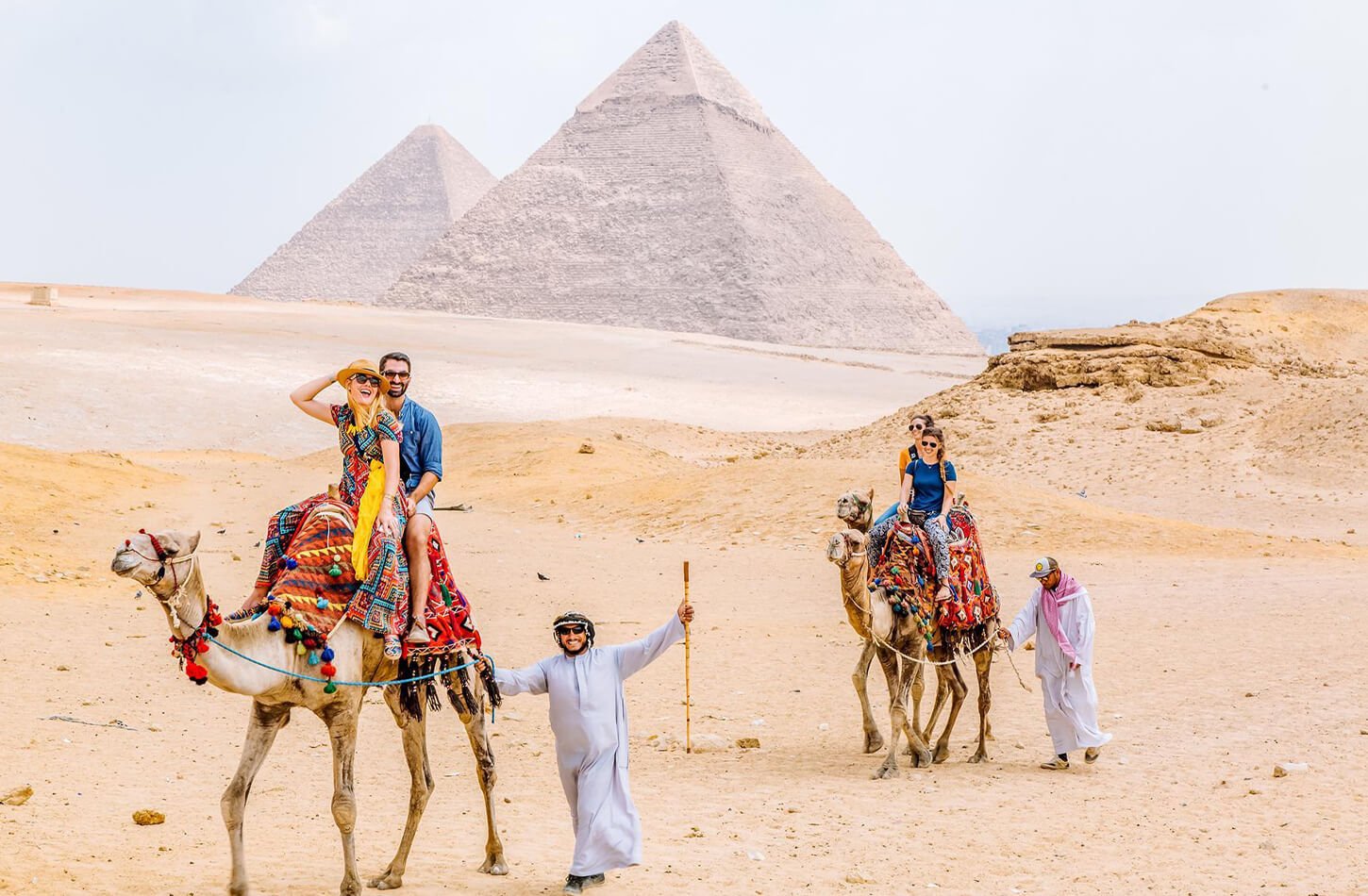
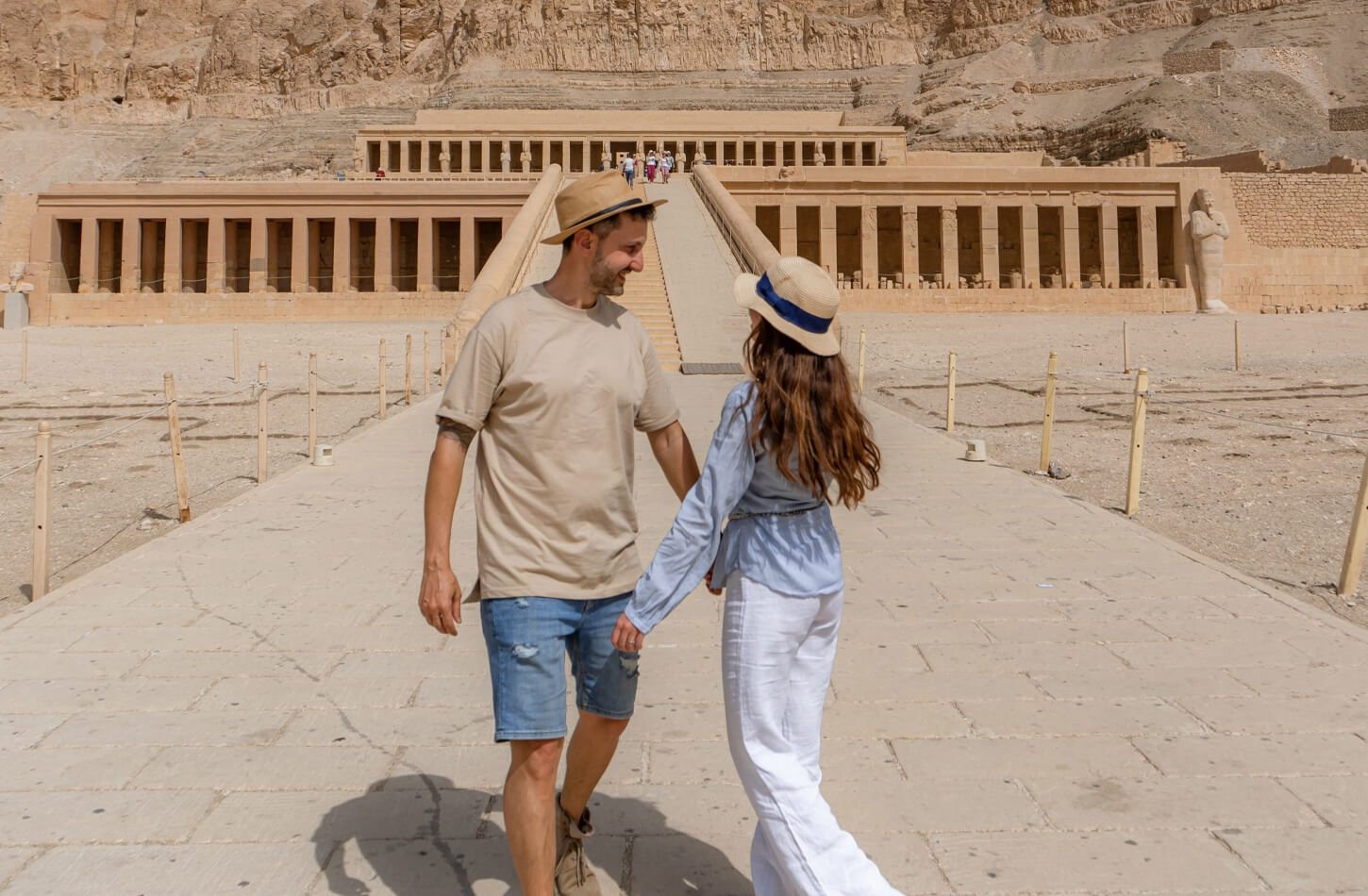
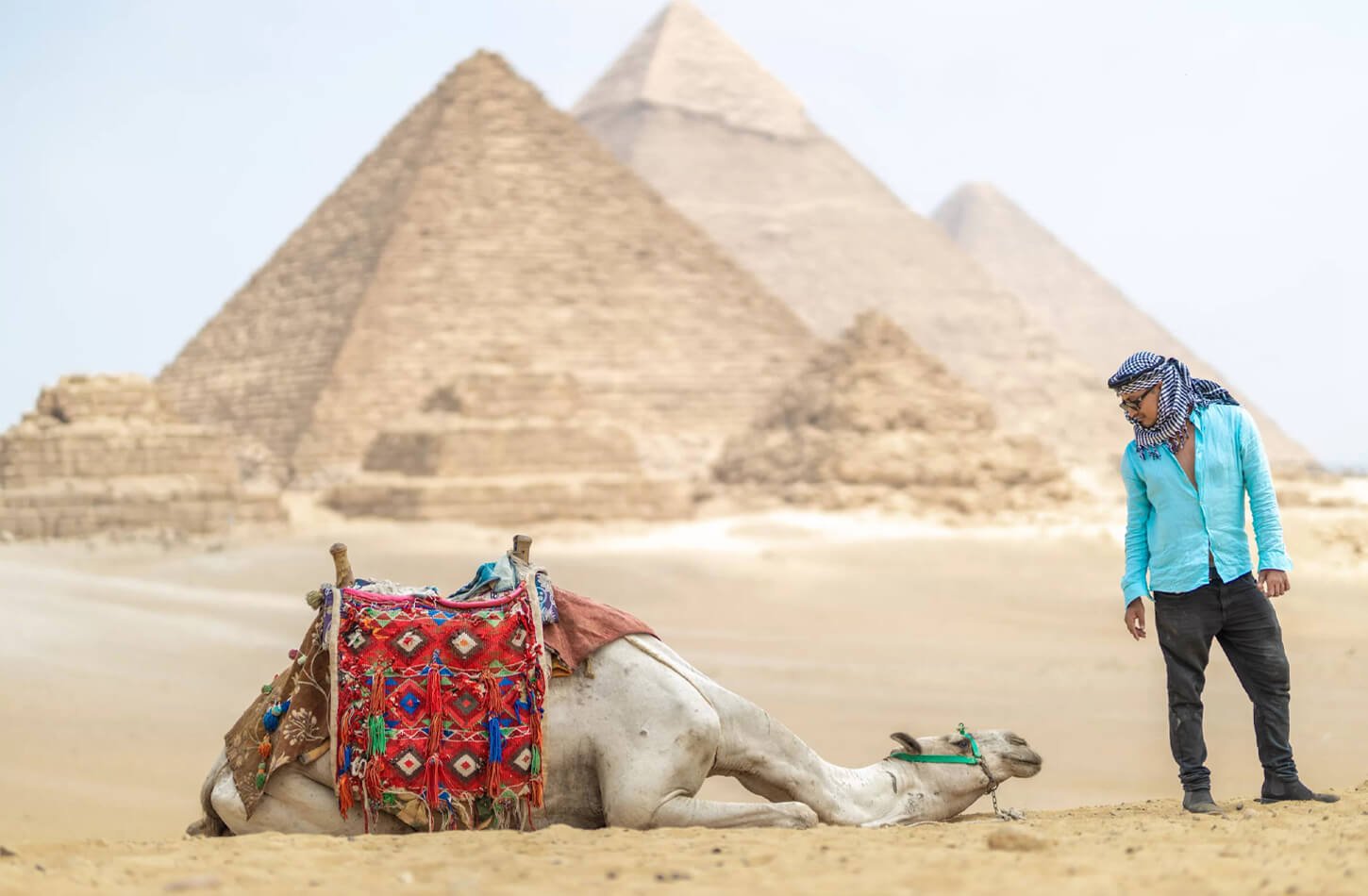
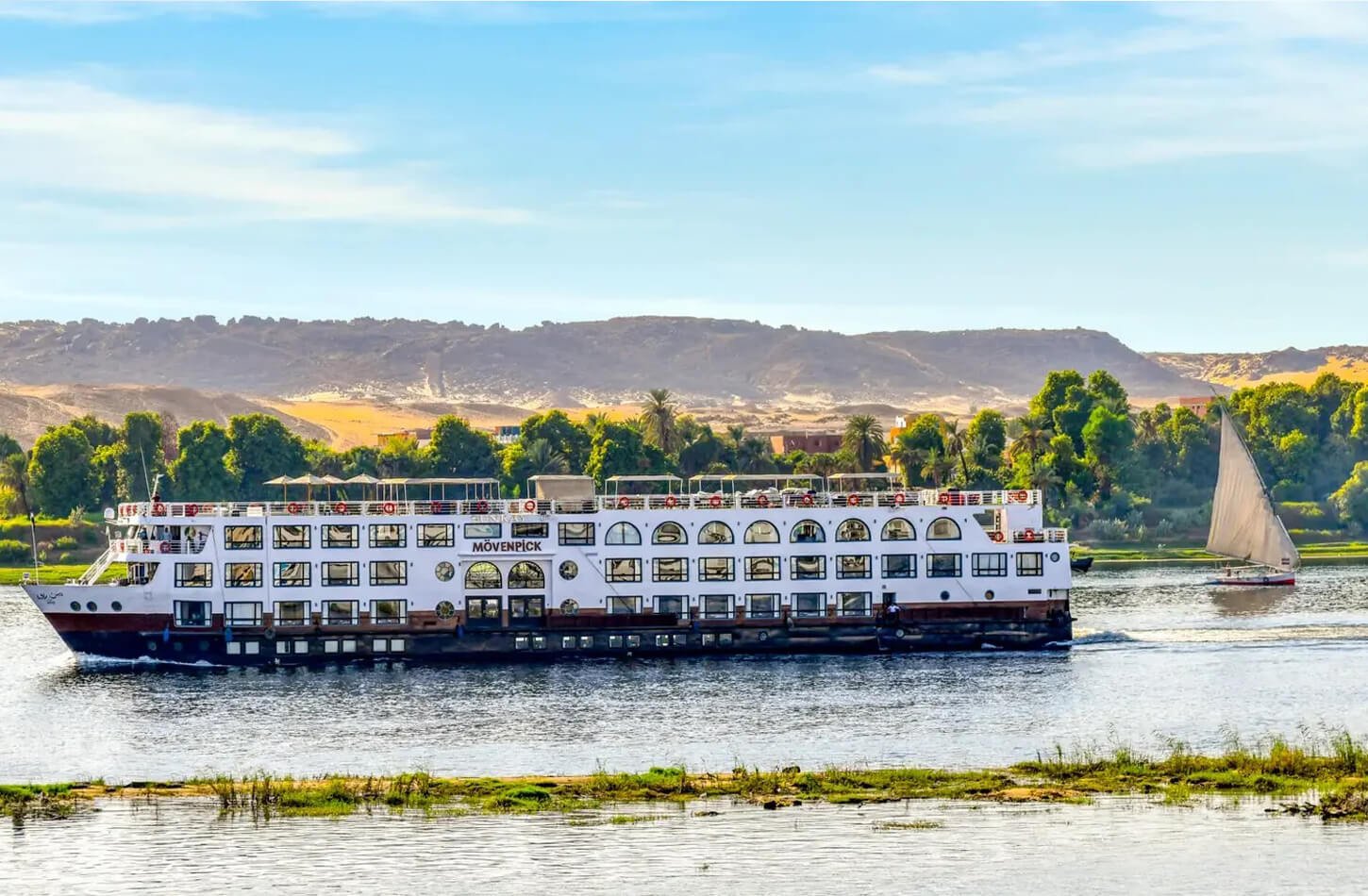


Don't just get there, get there in style.
Information
Follow Us
Payment channels
